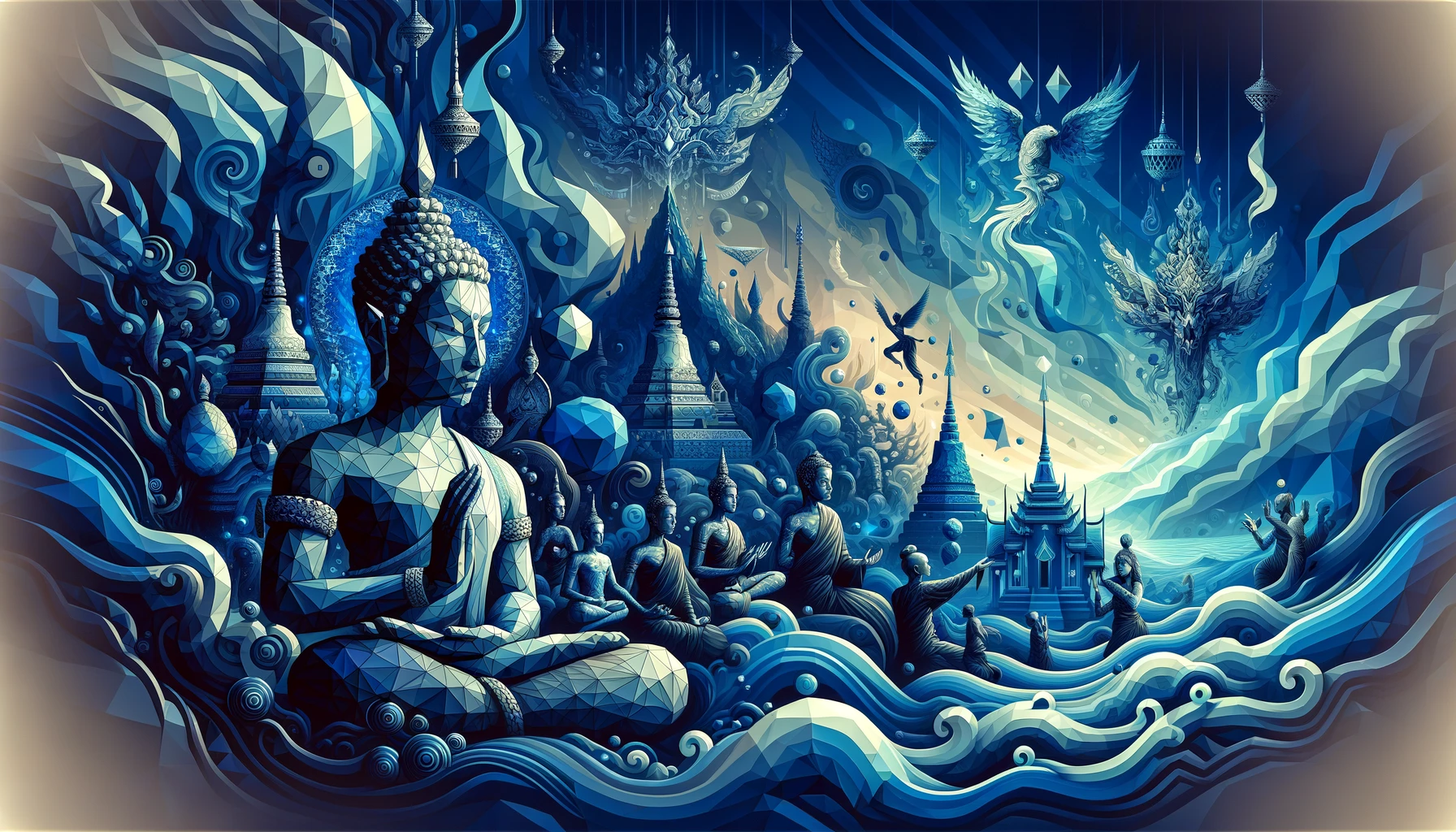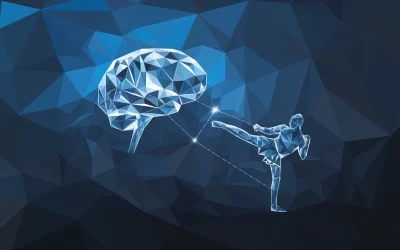Muay Thai, also known as Thai boxing, is a martial art and combat sport that originated in Thailand. With a rich history dating back centuries, Muay Thai has evolved from a battlefield fighting style to a revered cultural tradition and popular spectator sport. Let’s explore the origins, techniques, philosophy, and etiquette that define this “art of eight limbs.”
Muay Thai Origins and History
The history of Muay Thai can be traced back to the 16th-century Kingdom of Siam, now modern-day Thailand. As the Siamese army battled rival kingdoms and fended off invaders, unarmed combat techniques were crucial for soldiers on the battlefield.
Early Muay Thai fighters wore rope-bound hands and forearms for protection, anklets, and headbands – the precursors to modern gloves and equipment. Over successive generations, these self-defence tactics were refined into a formal fighting system incorporating punching, kicking, knee and elbow strikes.
During peacetime in the 1700s, Muay Thai transitioned from lethal martial art to a regulated sport. Fighters adopted the rope-binding on hands and forearms as a way to both protect and cause damage. Rules were established, a ring was set up, and spectators began to attend organized matches. Betting also became an integral part of the spectator experience.
As Muay Thai became popular as a spectator event into the 1900s, training became more systematic to prepare fighters for competition. Technique and counter moves were honed, signature attacks categorized, and traditions like the pre-fight dance and music integrated into the art form.
While ancient in origin, Muay Thai continues to evolve in the modern era through both preservation of tradition and integration into other combat sports.
Muay Thai Techniques and Fighting Style
Muay Thai utilizes an 8-point striking system that targets all four limbs, knees, and elbows, earning the nickname “art of eight limbs.” Key offensive techniques include:
- Punches: Jabs, crosses, hooks and uppercuts using both fists. Boxing hand techniques blended with Muay Thai stances.
- Kicks: Devastating kicks to the legs, body and head executed while balancing on the opposite leg. Common kicks include roundhouses, diagonal thrusts and whip-like low kicks.
- Knees: Straight knee thrusts and diagonal knee strikes are often initiated from the clinch. Knees are utilized for both offense and to intercept oncoming attacks.
- Elbows: Horizontal elbow strikes, uppercuts and downward diagonal elbows. Elbows require close proximity to the opponent and are effective from the clinch.
In addition to various attacks, Muay Thai emphasizes balance, superior conditioning, fluid movement and strong defence capabilities. Blocks, catches, checks and evasions allow fighters to counter-strike off an opponent’s offense. Matches are tactical chess matches defined by timing, precision, ring craft and defensive prowess – not just brute aggression.
Muay Thai Philosophy and Etiquette
Beyond physical techniques, Muay Thai is guided by a philosophy of composure, respect and expression rooted in Thailand’s Buddhist principles. Despite the combat nature of the sport, Thailand’s Muay Thai community embraces strong ideals of dignity, honor and sportsmanship.
Some of the traditions and doctrines that shape the character of Muay Thai include:
- Wai Kru: The pre-fight ritual dance demonstrating respect towards coaches and ancestors. Performed by both traditional and modern fighters.
- Mongkon: The sacred headband donned by fighters symbolizing a higher purpose and spiritual protection.
- Armbands: Pieces of a loved one’s clothing worn into battle. Now worn as good luck charms.
- Scoring: Points awarded not just for blows landed but also balance, ring craft and temperament. Aggression is not weighted as heavily as skill.
- Touch Sparring: Gym sparring focused on technique and timing over power. A game rather than a gym war.
- Etiquette: Traditional calmness and sportsmanship between fighters and camps. Avoidance of pre-fight hostility.
- Expression: Creativity and personality are encouraged in the fight approach. As long as traditional techniques are applied, self-expression is embraced.
By blending physical mastery with concentration, creativity, rituals, self-control and humility, the practice of Muay Thai takes on a very spiritual essence. And while the sport continues to evolve in the modern era, these traditions uphold the cultural heritage at the heart of Thailand’s national sport.
Growing Muay Thai in the Western World
Over the past half-century, Muay Thai’s growth outside of Thailand has exploded. Its effective, explosive techniques have been adopted into mixed martial arts (MMA) and competitive kickboxing. Gyms teaching Muay Thai fundamentals have sprouted up from the Americas to Europe to Australia.
However, sometimes the philosophy and etiquette of authentic Muay Thai gets lost along the way at westernized gyms. Without the cultural immersion of training in Thailand, aspects like touch sparring, wai kru and scoring mentality are often lacking.
But by studying under Thai trainers, travelling to Thailand to practice or competing at Thai stadiums, athletes can gain a fuller appreciation of Muay Thai beyond its physical toolkit. They experience the art’s role of tradition, spirituality, self-expression and ritual.
As Muay Thai expands globally, the onus remains on upholding its heritage. By honouring the traditions behind the techniques, practitioners fully embody the essence of the “art of eight limbs”.
The History and Philosophy of Muay Thai
In Thailand, Muay Thai is more than a combat sport – it is a cultural heritage intertwined with history and Buddhist principles. The original battlefield fighting system evolved into a codified sporting tradition rich in rituals, creativity and expression.
Mastery requires perfecting the eight-point attack system through proper technique, balance, ring craft and mental composure. But the heart and spirit of Muay Thai live in the Wai Kru dance, Mongkon headband, touch sparring, scoring methodology and calm competitor demeanour.
While the techniques alone may spread, the history, philosophy and etiquette must remain intact to embrace the art of Muay Thai truly. For an ancient tradition like Muay Thai, the preservation of its full legacy is what enables the art form to persist through modern times.





0 Comments